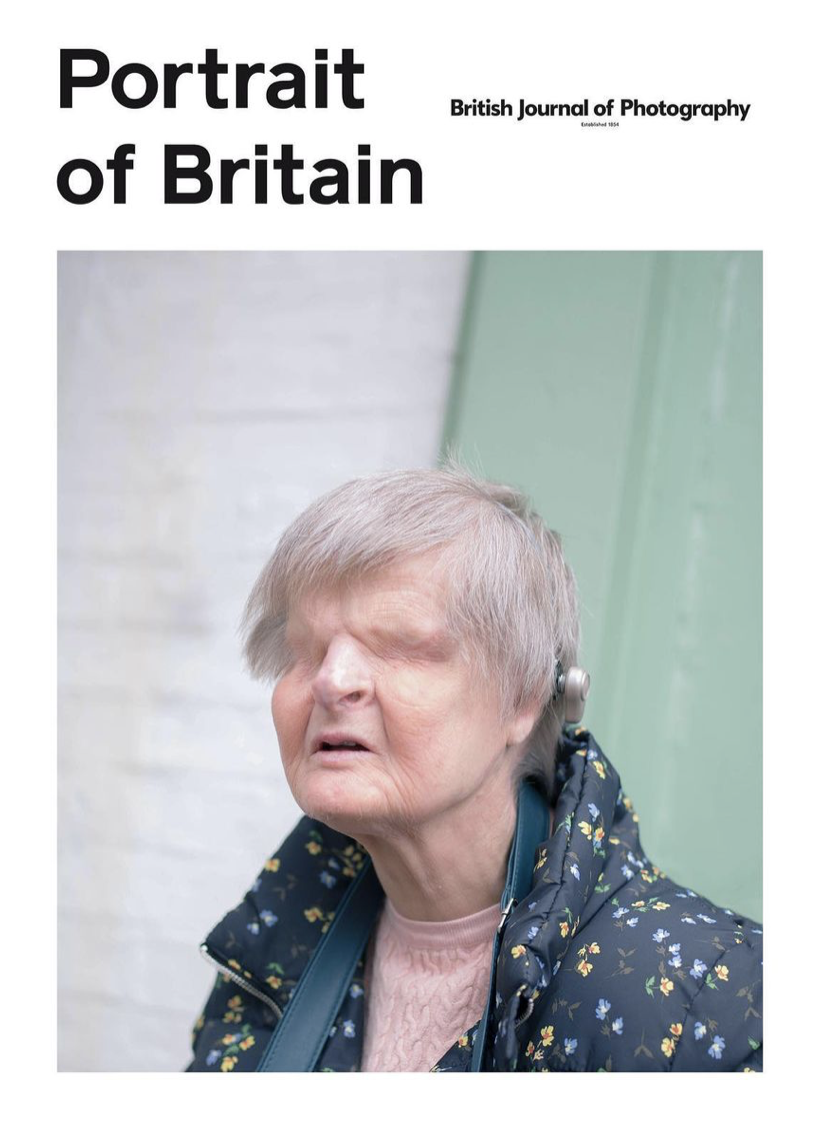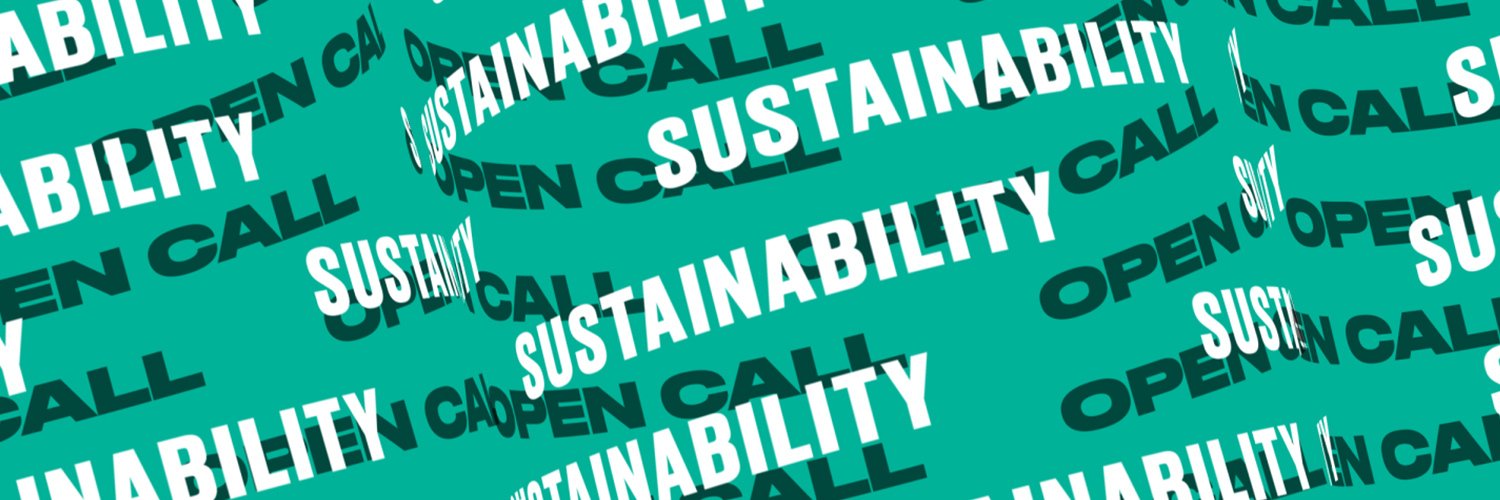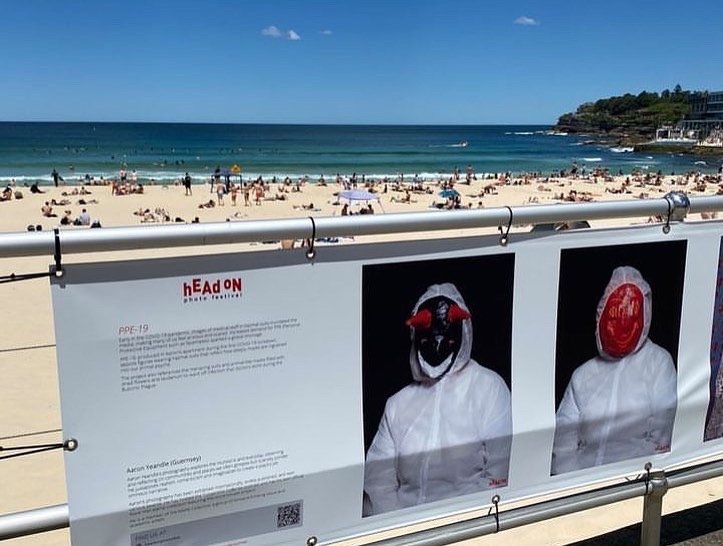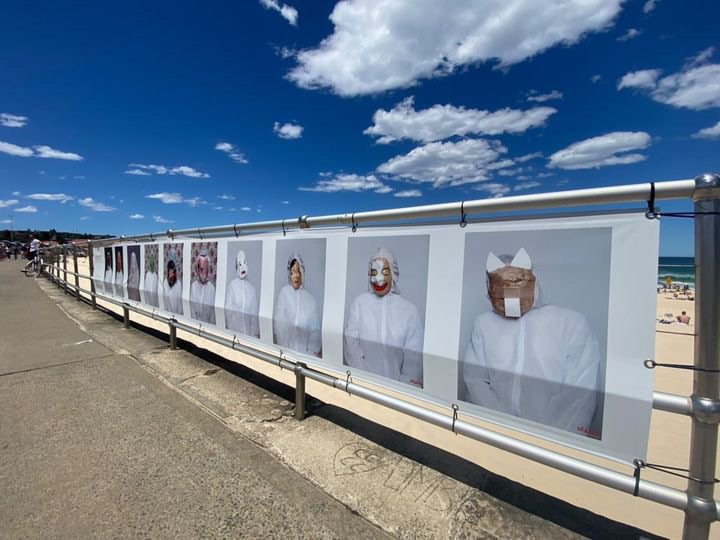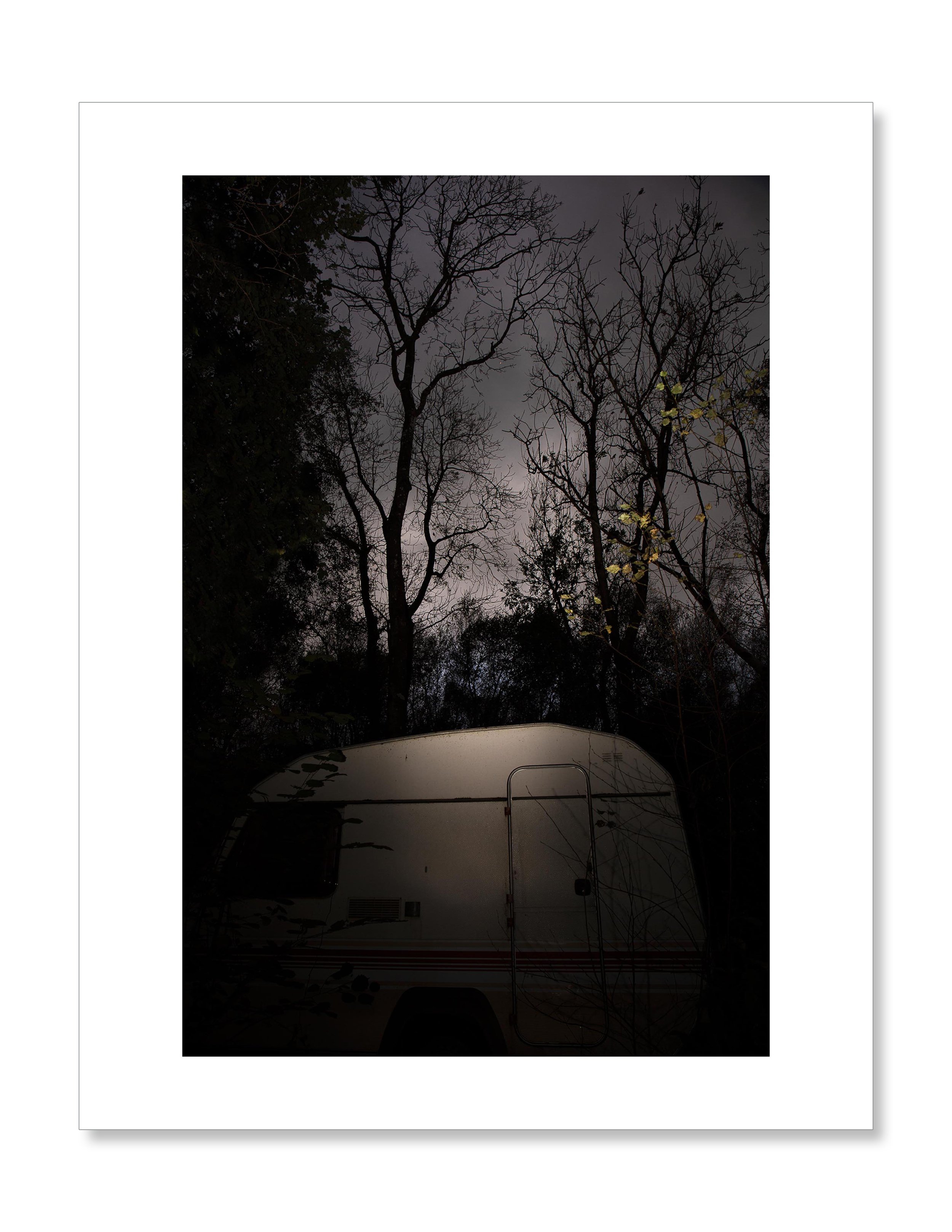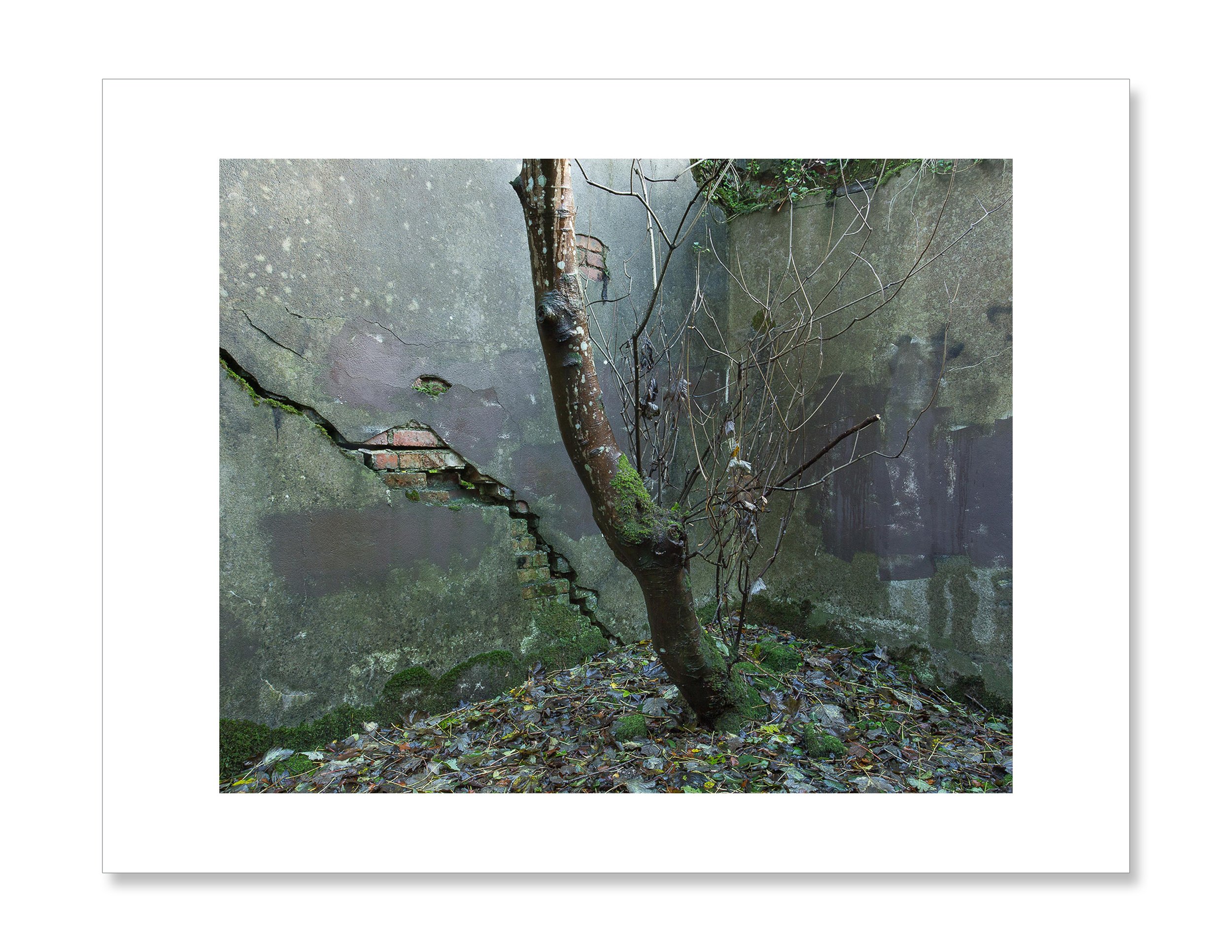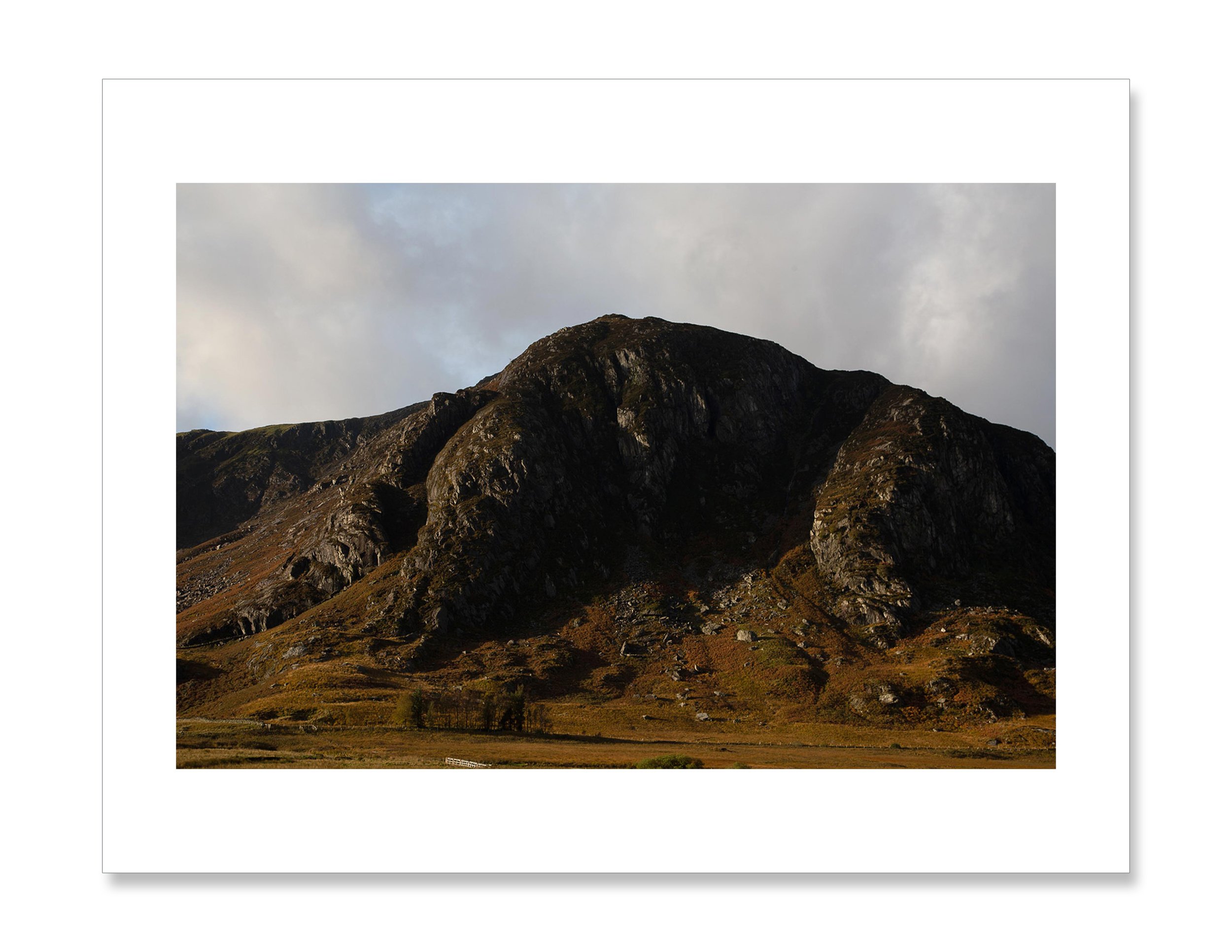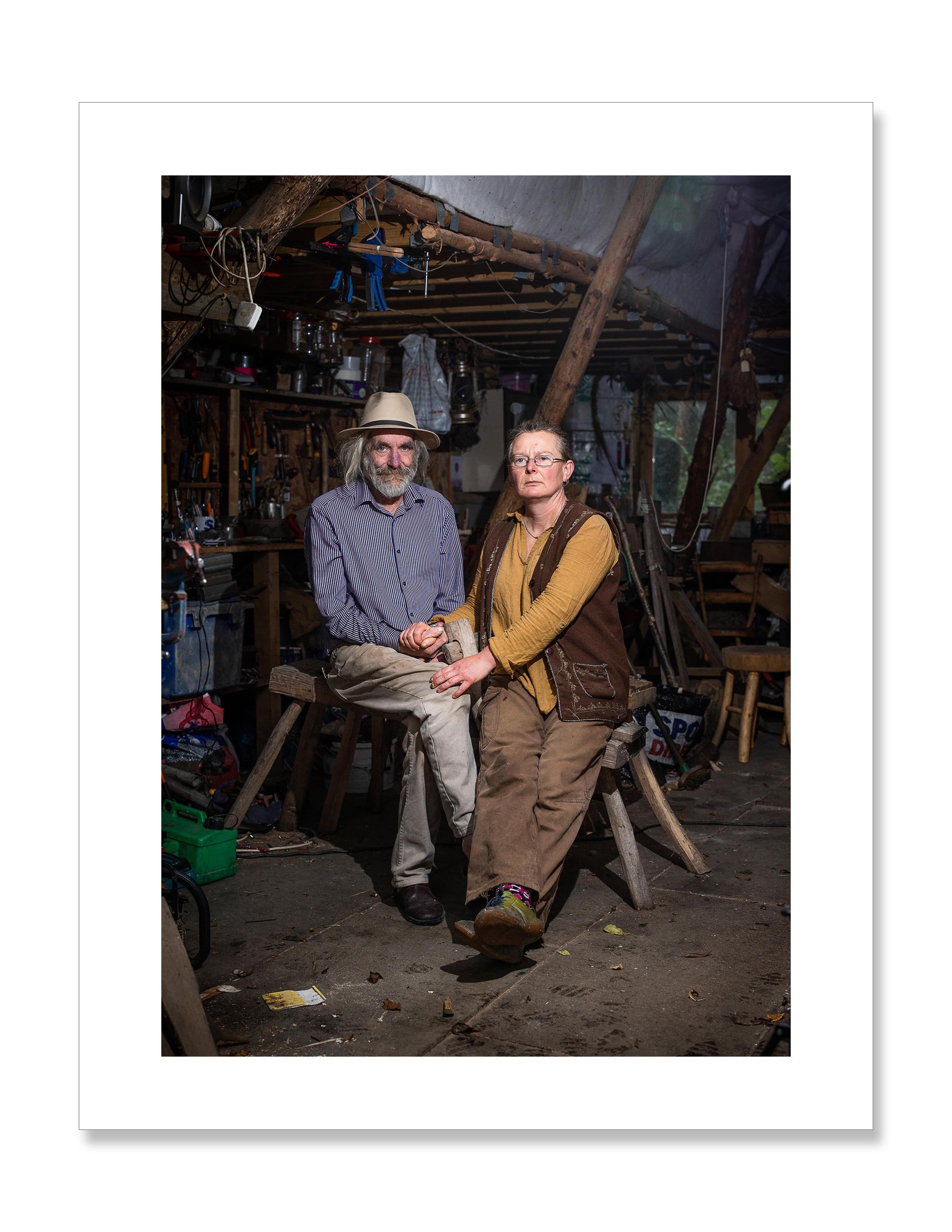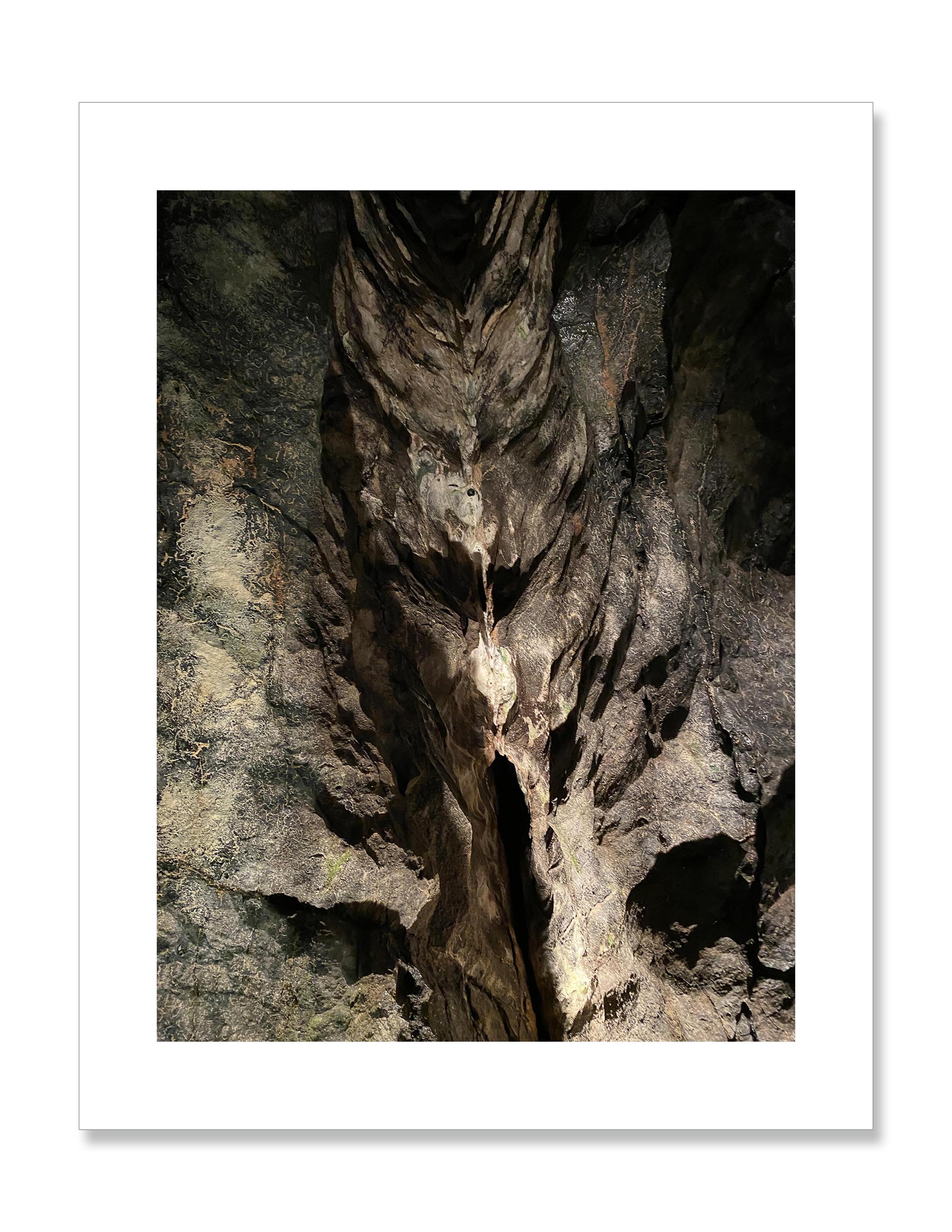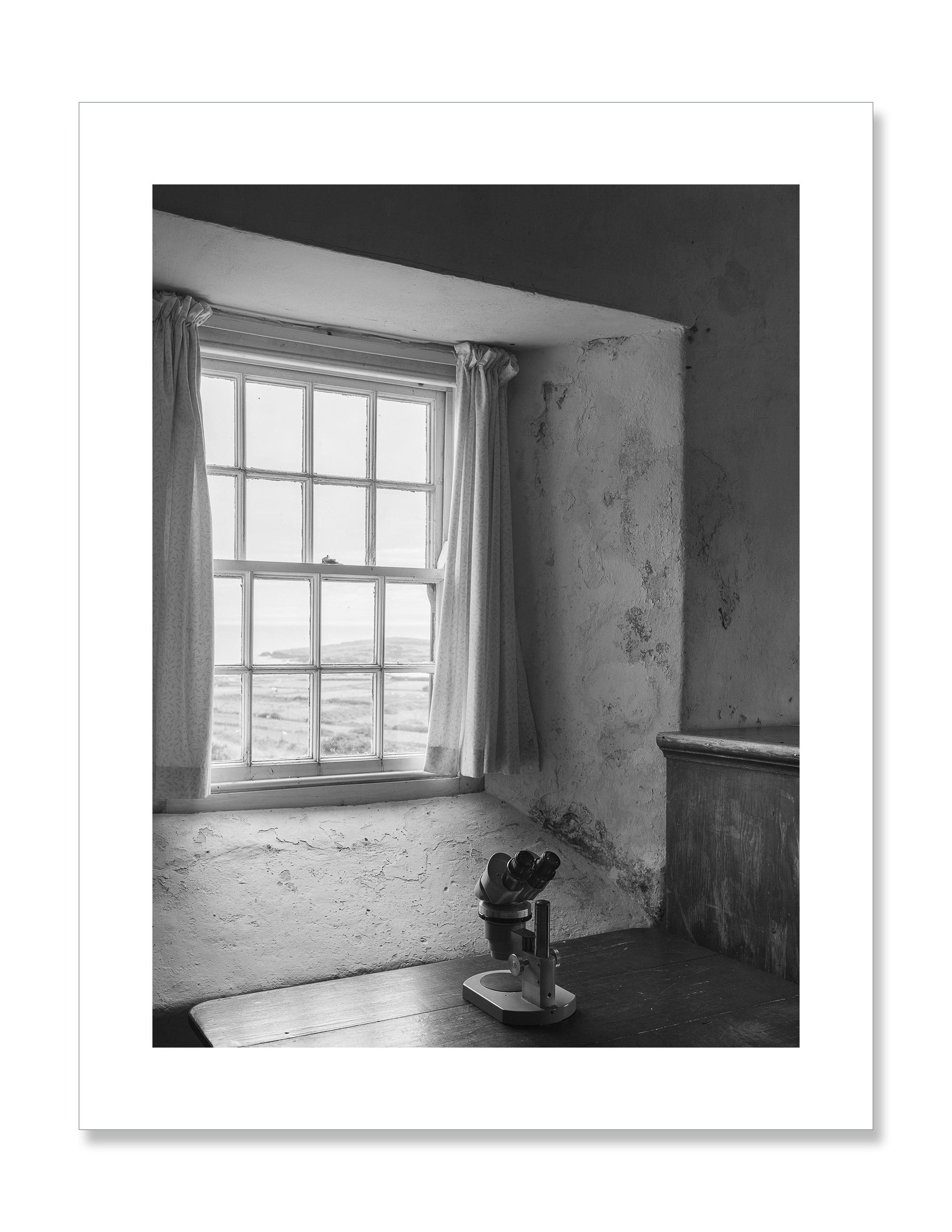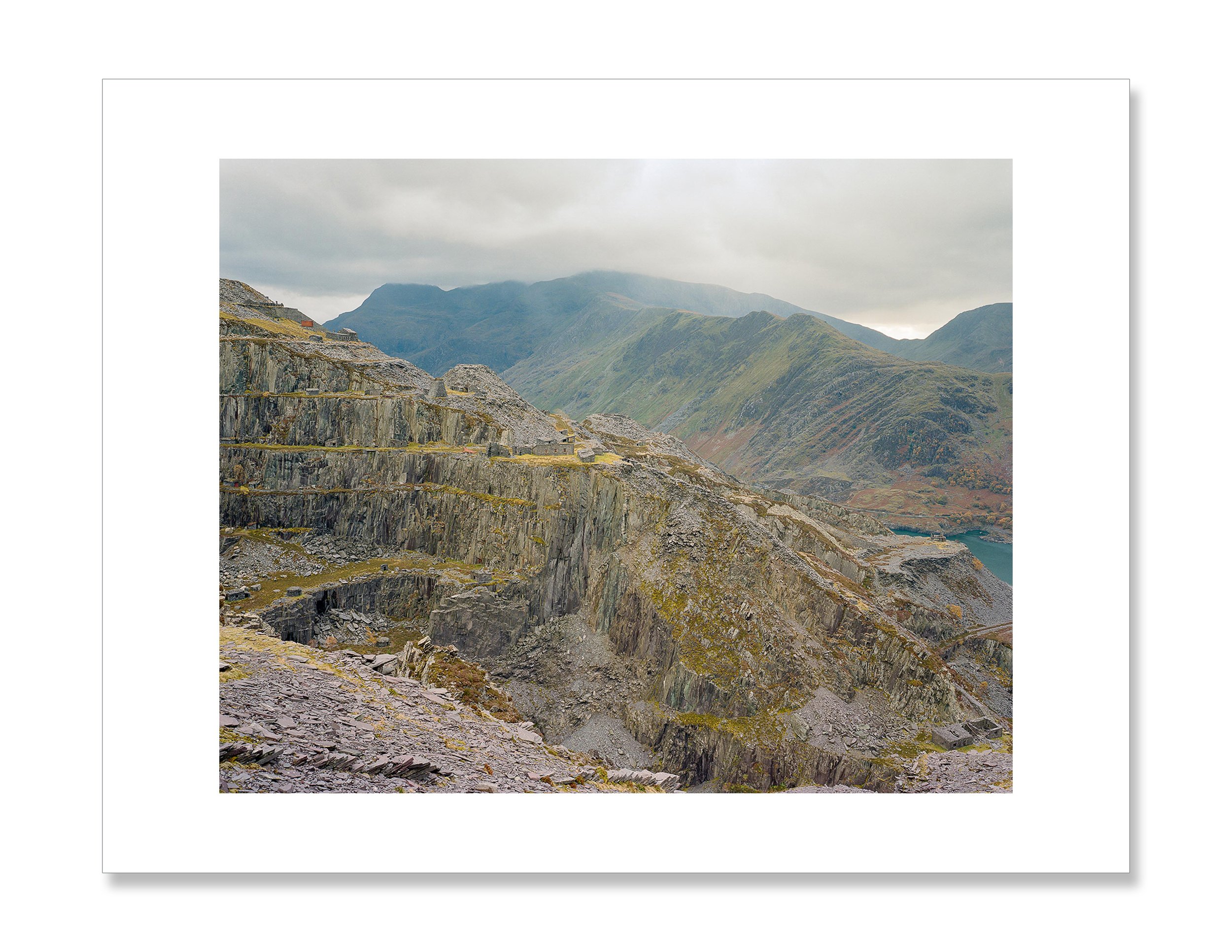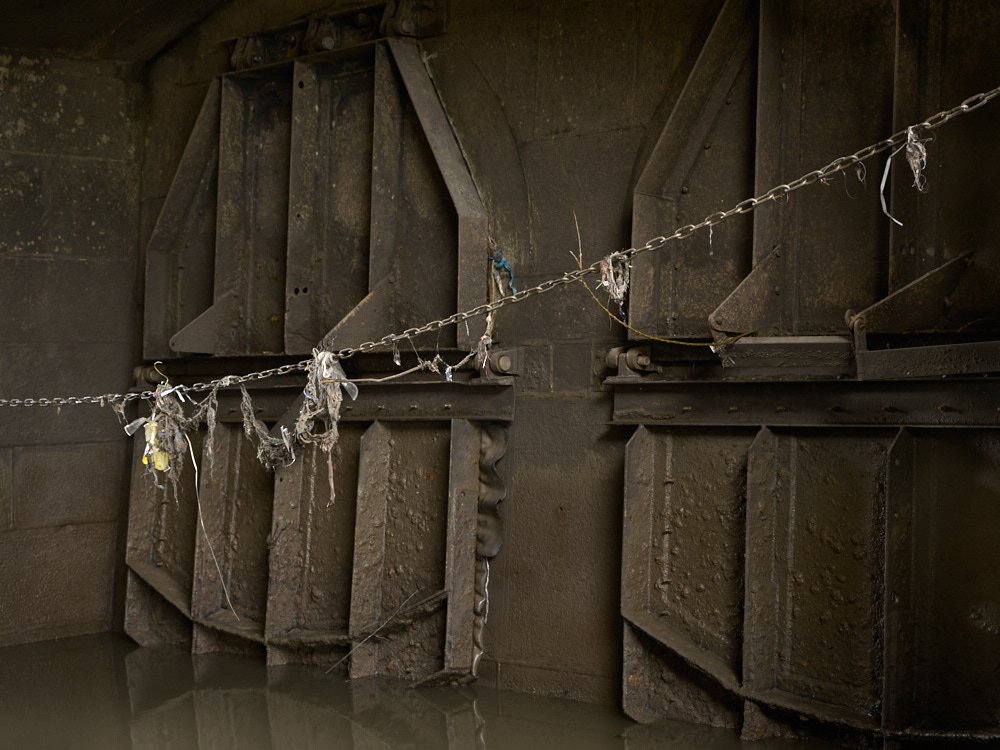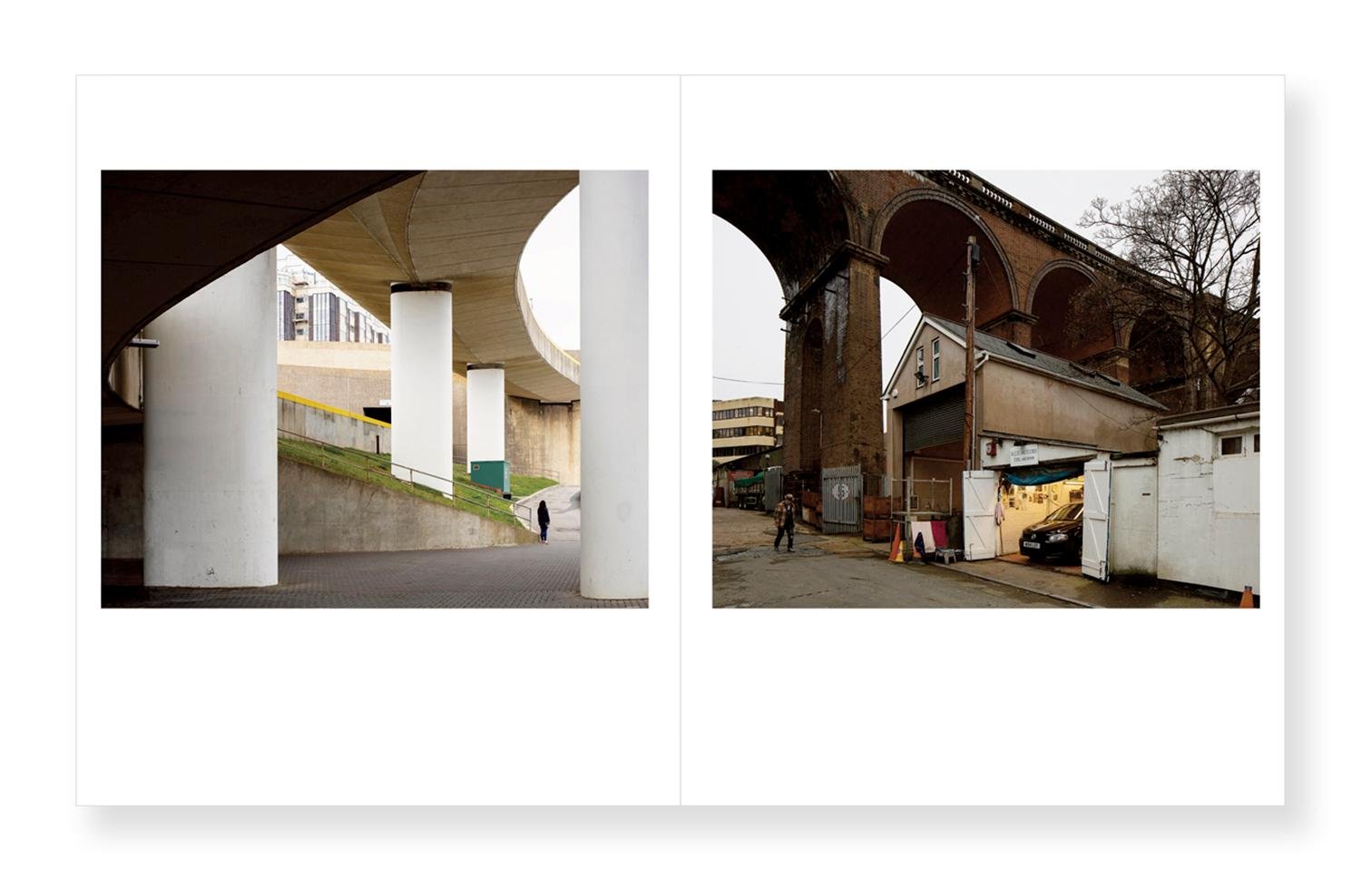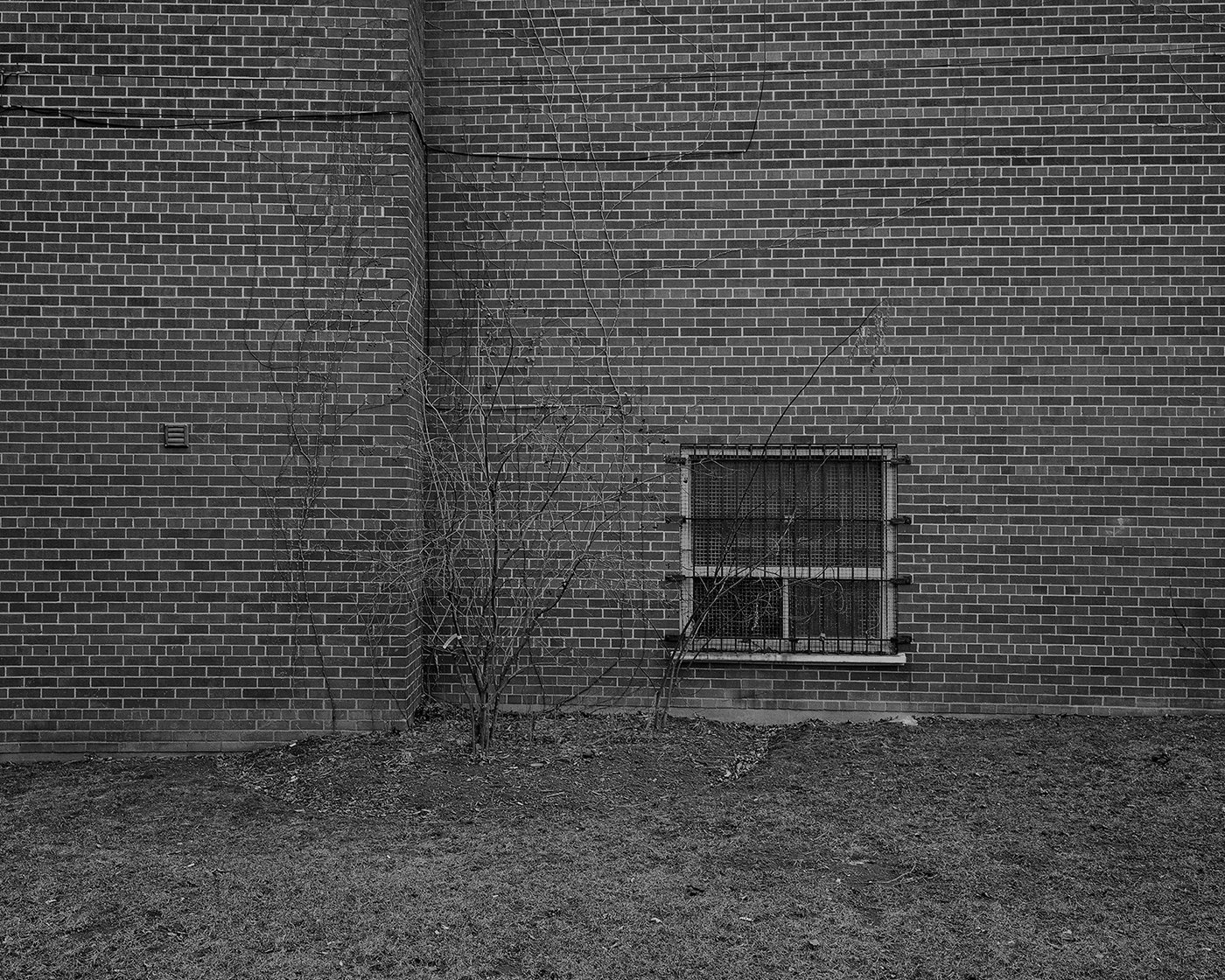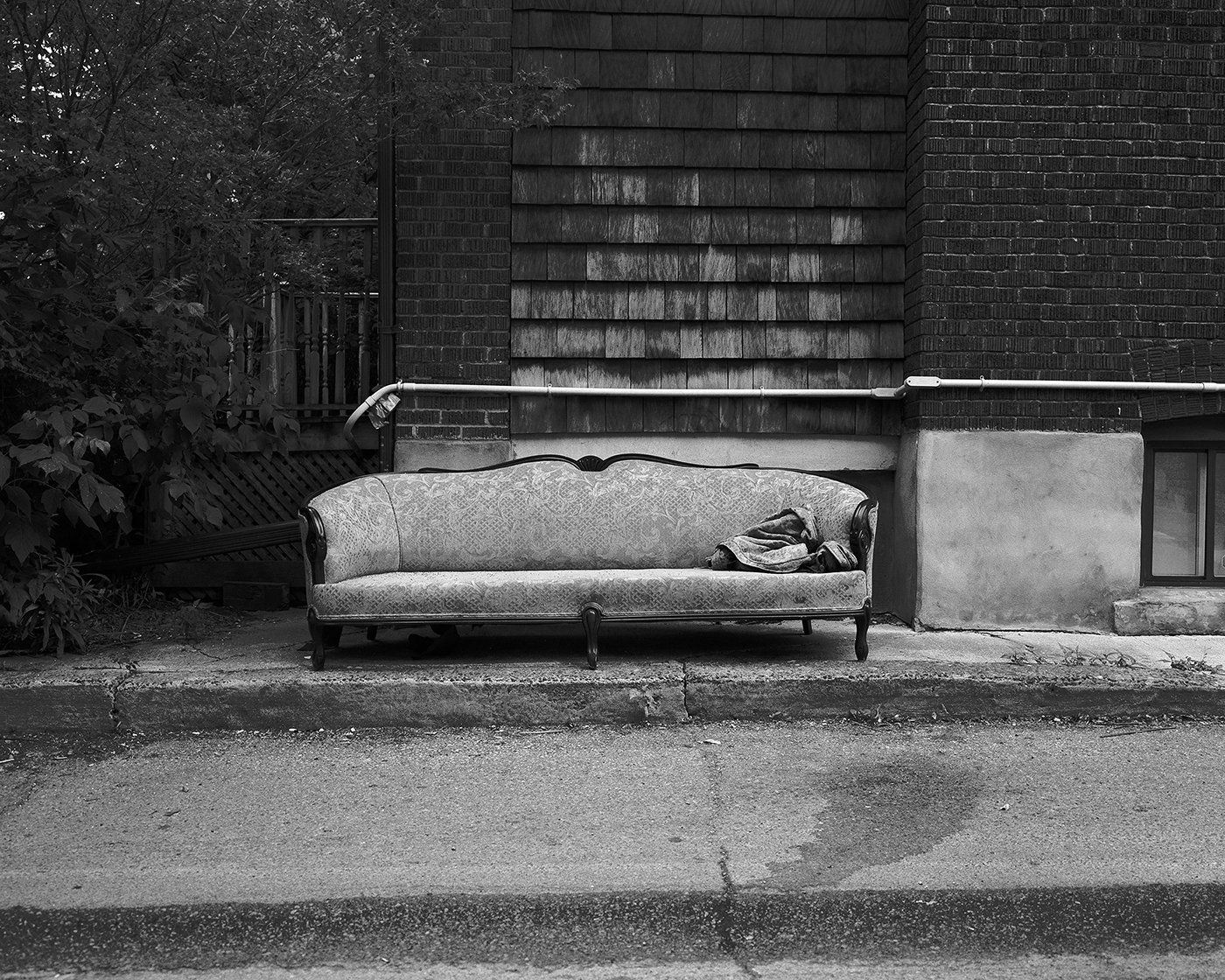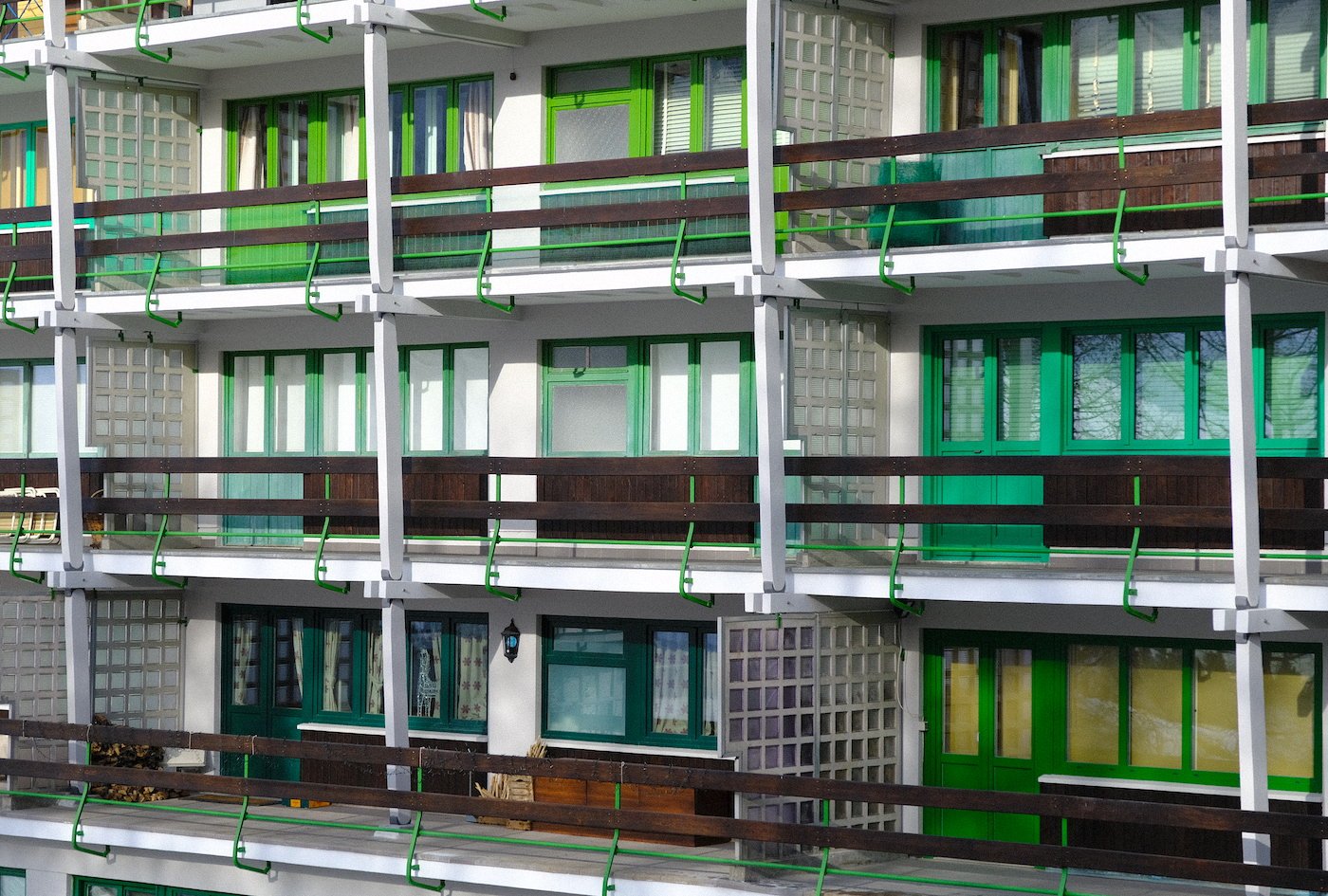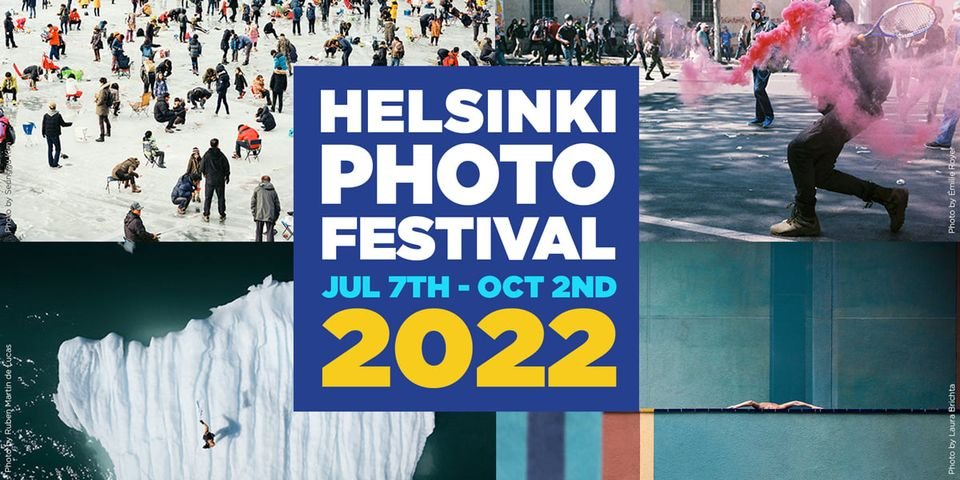The first of a series of talks and events hosted by the MAP6 photography collective in collaboration with The Photographers’ Gallery. An opportunity to meet MAP6, talk about working collaboratively and making books.
Before we all break for summer holidays - we would love to see and meet fellow photographers and anyone with an interest in Finland and global happiness.
Along with a short introductory talk, images from the project will be shown and books will be available to see and purchase.... the event is a social for aimed at collaboration and collective working in photography.
At this critical time, with issues of global health and environmental impact at the forefront, MAP6’s Finland: The Happiness Project explores themes around the United Nation’s World Happiness Report, which has ranked Finland as the most content nation for four years running.
The UN says it’s not money alone that makes a country happy but six key factors: personal income, social support, life expectancy, freedom, generosity, and levels of corruption. Finland scores well on all of these but particularly so on generosity; the nation’s social safety net combined with personal freedom and a good work–life balance gives it the edge.
With this in mind, MAP6 visited Finland to try to understand why its people are so happy. The resulting nine projects with diverse viewpoints questions and presents ideas about how we can live healthier, happier and more positive lives.
The book production of Finland: The Happiness Project was generously supported by the The Finnish Institute






















